Poisonous Yew: [Characteristics, Fruit, Intoxication and Uses]
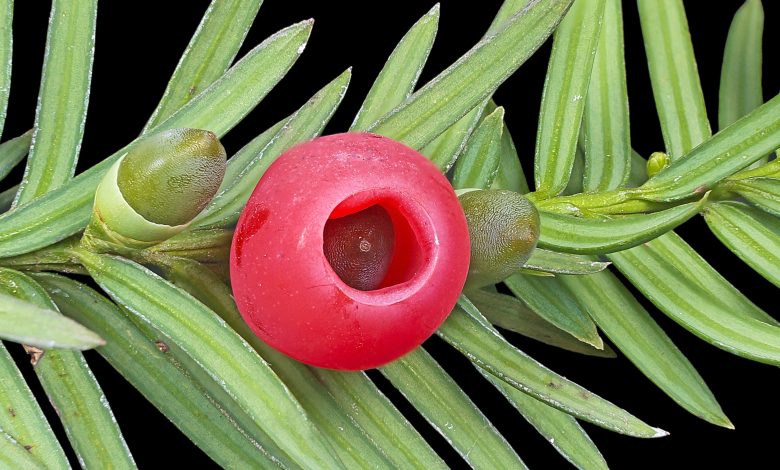
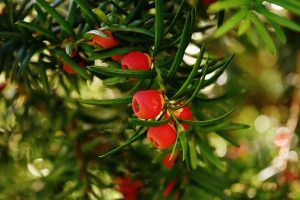 The poisonous yew is a plant that is used for ornamental purposes in the spaces where it is decided to plant it, since it is mostly found in the wild.
The poisonous yew is a plant that is used for ornamental purposes in the spaces where it is decided to plant it, since it is mostly found in the wild.
This is because it has a structure that is very toxic, hence its name poisonous yew.
The plant produces a fruit with a seed that is covered with red flesh, which is quite pleasing to the eye. This meat is the only non-poisonous part.
Do you want to know a little more about this species and how you can do to keep it at home with the corresponding security measures? We’ll see.
What is poisonous yew?
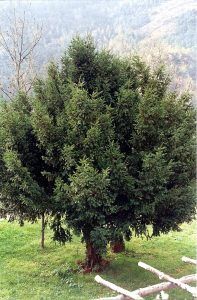
Poison yew is a good-looking shrub that can be used in landscaping because of its good foliage condition.
This is because it has a triangular shape and numerous leaves grow from its branches, making the structure very dense.
The leaves come off long stems that go in all directions which gives it a much more interesting appearance.
It is a plant that adapts very well to climate changes, which is why it is distributed in almost all continents, except for Oceania, the Arctic and Antarctica.
On a scientific level, it is known by the name of Taxus baccata.
What kind of plant is poisonous yew?
It is a bushy plant, belonging to the taxaceae family.The plant is poisonous because it contains a toxin known as taxin, which has the power to remove calcium and sodium from organisms.
This toxin is present in the entire structure of the plant: leaves, stems and seeds. Just 50 grams of leaves could be lethal to a human being. And this is not lost even if the leaves fall from the plant, so you have to be very attentive at all times, especially in natural spaces.
Because yes, it is an attractive plant to the human eye, especially when it has fruits that contrast so exceptionally with the green foliage.
What is the fruit of the poisonous yew?
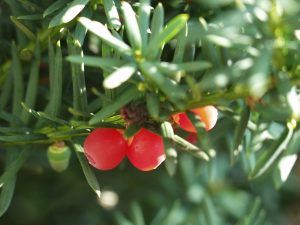 The fruit of the poisonous yew is known as the aril and is a fleshy red covering that overlaps the seed that it bears after flowering.
The fruit of the poisonous yew is known as the aril and is a fleshy red covering that overlaps the seed that it bears after flowering.
This cover has a sweet taste, but it is not consumed frequently due to the fear of the high level of toxicity of the plant.
However, the yew fruit has already been processed within the pharmaceutical industry, using it to prepare cough syrups.
The poisonous yew generates its fruits and ripens them between the end of summer and the beginning of autumn, since its flowering occurs between winter and spring.
What are the characteristics of poisoning due to accidental consumption of yew?
 The manifestation of symptoms due to accidental consumption of yew does not always occur, since it is capable of silently ending the life of a person.
The manifestation of symptoms due to accidental consumption of yew does not always occur, since it is capable of silently ending the life of a person.
When the body begins to show symptoms of this type of toxicity, the most common is to notice digestive problems such as vomiting or abdominal pain.
Neurological symptoms may also manifest, such as drowsiness, vertigo, among others. Since the toxin is cardiotoxic, arrhythmias and tachycardias may appear at first, and may progress to cardiac atony.
However, it is not common for people to consume yew because its high toxicity is already well known.The deaths that have been documented for this cause respond to preparations of homemade infusions that are made of their own free will and ignorance.
That is why it is so important to become very familiar with the resources we consume, especially those of a domestic nature.
What are the uses of poisonous yew?
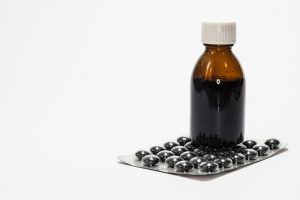 At a scientific level, the uses of poisonous yew in the medicinal field have been explored, but it is important to clarify that only in a processed version.
At a scientific level, the uses of poisonous yew in the medicinal field have been explored, but it is important to clarify that only in a processed version.
We have already mentioned the utility to form cough syrup, it is also possible that it is used for diuretic or laxative issues.
Science is currently conducting experiments to use taxol as an anticancer alternative, especially for breast cancer.
How is the growth of poisonous yew?
It is a shrub that grows between 20 and 30 centimeters per year, since it is not really very tall even in its adult stage. Afterwards, it develops about 5 centimeters each year, which can be trimmed by pruning if necessary.
However, it is a species that has a long life, which motivates it to be kept planted in spaces such as cemeteries. In this way, believers send a message of long life to their loved ones who have passed away.
A similar case applies to monuments where they are established under a principle similar to the previous one.
Where is the poisonous yew found?
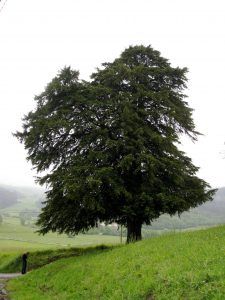 Wild-type poisonous yew trees can be found very commonly in the forests of Europe, which invites you to be very careful when going out on a picnic.
Wild-type poisonous yew trees can be found very commonly in the forests of Europe, which invites you to be very careful when going out on a picnic.
The most common spaces are the mountains of Portugal and some wooded areas of Spain. They can also be found in western Asia and in Africa.
The planting of poisonous yew in the gardens is a practice that is not recommended for people with little experience in the field of gardening.
In addition, you have to be especially careful in homes where you have pets or children who are always so interested in everything they don’t know. It is not a useful plant for medicinal uses and, in fact, the fruit is not widely consumed either.
Its usefulness is basically for study and for decoration. It is better that you think well before having a plant of this nature and define what your interests and resources are for security levels.
And, under no circumstances, do you dare to consume any of its parts, not fresh, not in infusions, not at all.
Bibliographic references
- The yew, Taxus baccata, in Mallorca: biology and conservation. Preliminary note, J Mayol, V Forteza, G Bosch… – … the yew tree and the weavers…, 2007 – trailrunningmallorca.es
- Taxoids: secondary metabolites of the yew tree (Taxus spp.), HJ Barrales-Cureño … – Revista Chapingo. Series …, 2012 – scielo.org.mx
- MEDITERRANEAN FORESTS OF Taxus baccaTa, LS Laliga – miteco.gob.es
- Regeneration of the Yew of Catalonia, A Caritat, LV Sair, E Sala –… of the Spanish Society of Sciences…, 2004 – dialnet.unirioja.es
- The Coccids of the Yew (Taxus baccata L.) in Spain, S Soria, P Del Estal, E Viñuela – Plant Health Bulletin of …, 1996 – miteco.gob.es
- A review on the production of anticancer taxoids in in vitro cultures of calluses and cells of Taxus spp, HJB Cureño, MFR Sepúlveda – Revista Colombiana de …, 2013 – revista.unal.edu.co

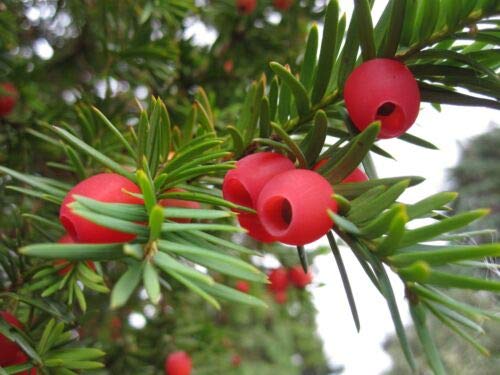
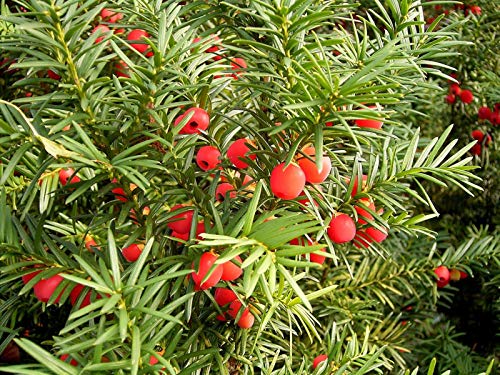
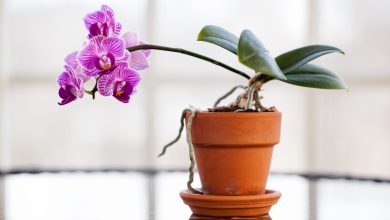
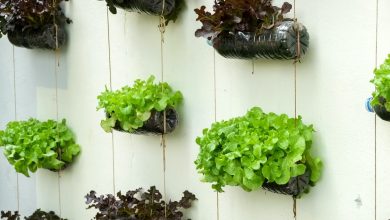
![Photo of Weeping Willow Pests and Diseases: [Detection, Causes and Solutions]](https://www.complete-gardening.com/wp-content/uploads/2022/08/weeping-willow-pests-and-diseases-detection-causes-and-solutions-390x220.jpg)
![Photo of Polygala Myrtifolia: [Crop, Irrigation, Associations, Pests and Diseases]](https://www.complete-gardening.com/wp-content/uploads/2021/06/Polygala-myrtifolia-390x220.jpg)